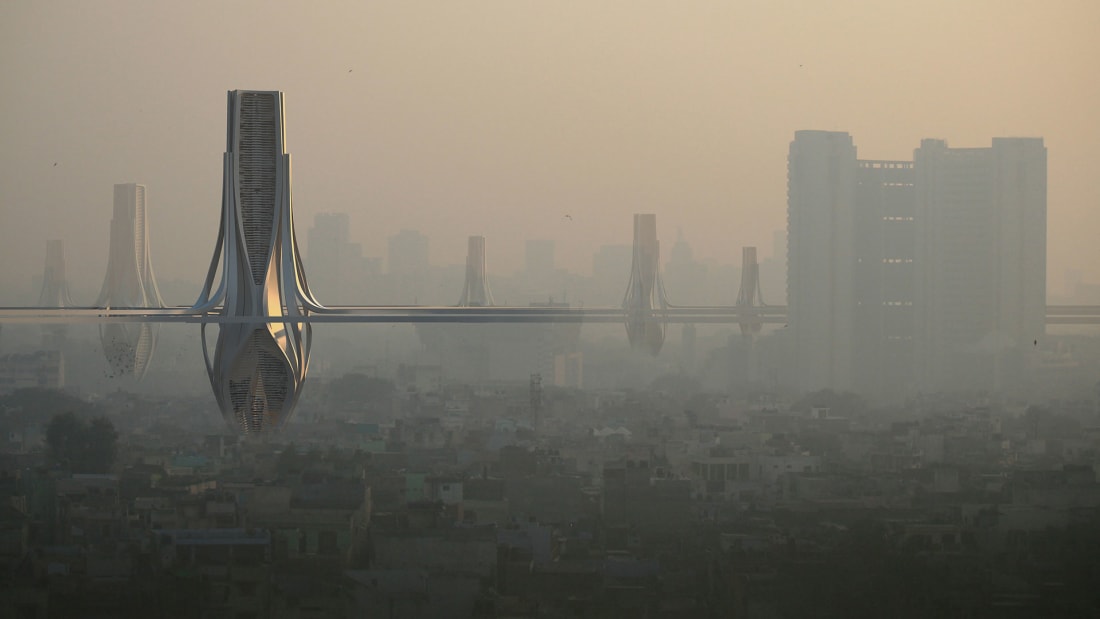In the media: Giant towers proposed to clean Delhi's toxic smog
Assistant Vice Chancellor & Department Chair Pratim Biswas says giant filters may help smog, but are no silver bullet

Assistant Vice Chancellor & Department Chair Pratim Biswas says giant filters may help smog, but are no silver bullet. >> Read the full article on cnn.com
"Considering the limitations of the technology in terms of its area coverage to treat widespread air pollution in the Delhi city, this is not the only solution we must rely upon," he argues. "For long-term, wider-scale air-quality improvements, emission mitigation measures are required at the respective sources."
Pratim Biswas, chair of the Department of Energy, Environment and Chemical Engineering at Washington University in St Louis, agrees. "Delhi needs to focus on deploying effective air pollution control technology at the source," he wrote in an email to CNN.
Urban air filtration, he added, "would work in a neighborhood type concept -- not a full megacity," questioning the cost effectiveness of Znera's design. Biswas didn't dismiss urban air filters entirely though, describing them as "a secondary technique, and would be good for regional air cleaning (maybe around four or five skyscrapers)."
A localized approach is Znera's initial aim, says Chowdhry, adding that doing so would still be a big step: "If we tackle one of the districts and see what the success rate is, I think that would basically quantify the success of the entire thing."
But that is still a long way off. When pressed for a timeline, Chowdhry estimates a fully-functional prototype is still 2-3 years away.
The winners of the World Architecture Festival will be announced between November 28 and 30 in Amsterdam, the Netherlands.



